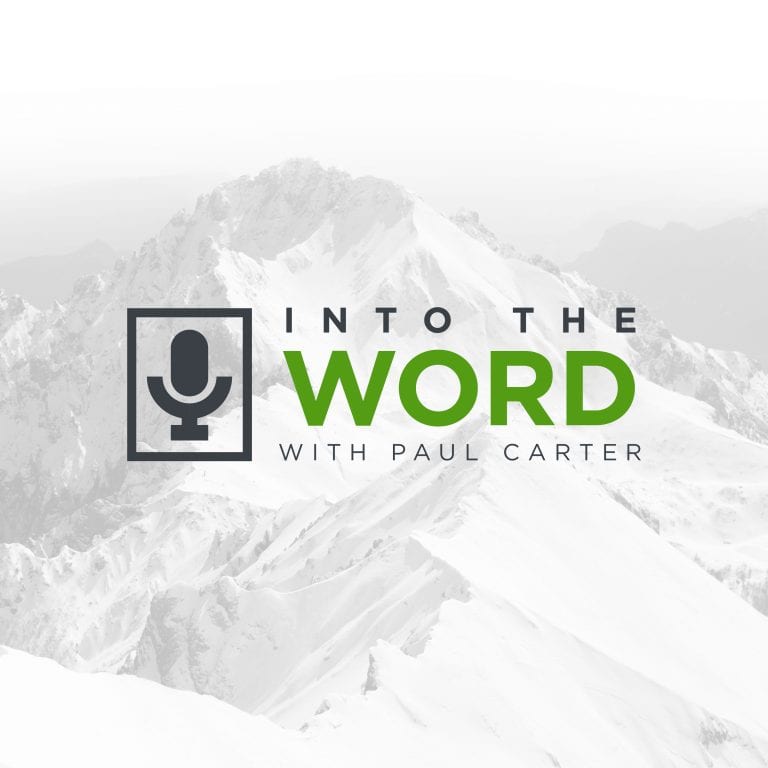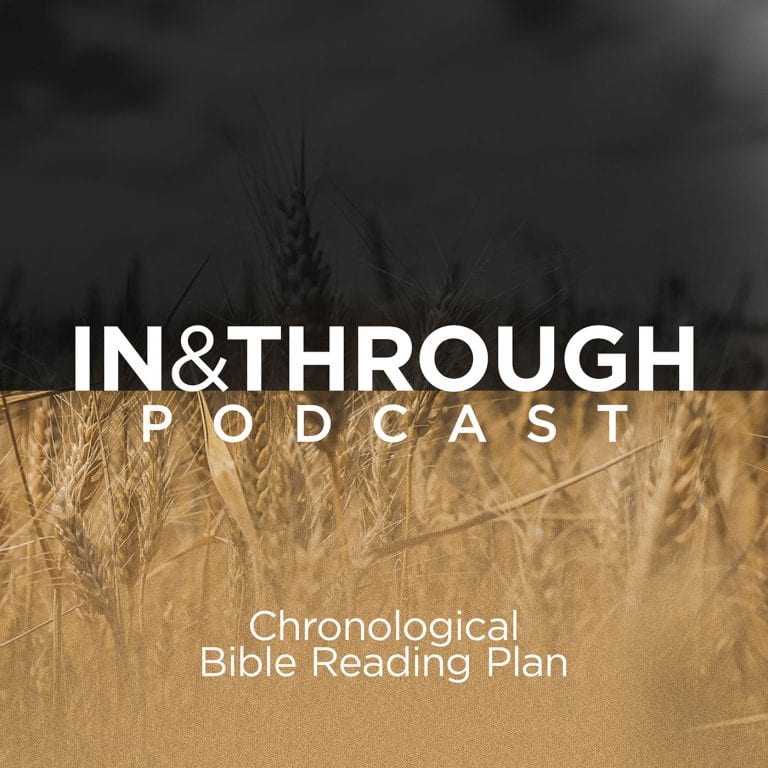For the past six weeks, I have been able to ‘attend’ church with my husband more times than all of last year. Nestled into the couch, slumbering Labradoodles on each side, we tuned in via live-stream, joining the global family of God in worshiping from the confines of our homes.
My husband has suffered from debilitating chronic pain for more than a decade now, and during that time his church attendance has dwindled to almost nothing given his body’s inability to manage the progression of a genetic disorder. As a wife and spousal caregiver, I know what it is to rearrange our known sense of normal over and over and over again; holding space for sorrow while creatively seeking new ways to keep him connected and comfortable. He has not been able to work for five years now, and his inability to provide plagues him with ferocious intensity.
Statistics
The statistics on those suffering with chronic conditions are sobering. Statistics Canada reports “six million people across the country suffer from chronic pain, meaning 20% of the population is affected.”[ii]
According to a 2014 report from the American National Health Council, “incurable and ongoing, chronic diseases affect approximately 133 million Americans, representing more than 40% of the total population of this country. By 2020, that number is projected to grow to an estimated 157 million, with 81 million having multiple conditions.”[iii]
Those facing chronic illness and pain are no insignificant portion of our society, much less our church families. Many in our midst face the challenges of social isolation on a daily basis. While the pandemic requirements may have heightened their situations, for many the restrictions of social distancing were not entirely unfamiliar.
COVID-19
For most of the population, COVID-19 tipped expectations, schedules and ideals into a bleak, black hole. Job security wavered for some, vanished for others. The hectic pace of our schedules ground to a noisy halt as we scratched events and commitments off the calendar. Expectations for the pattern of our days crumbled, and we were left wondering what life looks like when this is over.
For many, the confines of social distancing is disorienting and devastating. Some find themselves experiencing anxiety and insomnia for the first time, fumbling in their confusion for new coping skills. Parents try to balance working at home and managing distance learning. The ideals of our financial security and career trajectory are challenged and shaken. Articles flood the internet, encouraging lament, promoting honesty and grace with our emotions, and offering coping strategies for these new, strange times. Children and adults alike scratch the words ‘This too shall pass’ onto concrete with colourful sidewalk chalks.
The questions simmering quietly behind every social media post seem endless:
Will my finances be okay? Where will the next paycheque come from? Can I afford my rent?
Will I be able to work again? And if so, when? If not, what then?
When will I be able to be in church again?
Will I lose a loved one? And if so, will I be able to attend their funeral?
Vacations were cut short or canceled. Weddings were postponed or held over live-stream – with family members and friends watching from afar, hearts cracking. Birthday celebrations were minimal, though many go out of their way to hammer signs into lawns, organize parade drive-bys and drop presents at the foot of driveways. School-age children are finding new ways to connect with their classmates that don’t involve the playground or sports team. Kitchens everywhere are exploding with comfort food – sourdough bread, cinnamon buns, whipped coffee, and every kind of sugar-laden carbohydrate formerly abandoned.
The question of ‘When does this end?” is gradually collapsing into vague uncertainty as the gaping maw of an unknown future stares us down. The anxiety is palpable, and those without established coping techniques are struggling mightily.
As someone whose life revolves around the care of my husband’s chronic illness and pain, I have been watching with keen interest and curiosity. On social media, a graphic surfaced: “Shout out to anyone who has had to put their life on hold because of an illness. The world is beginning to understand you now.”[i]
Social isolation
For the chronically ill, social isolation is not a new phenomenon. Vigilance to reserve scarce bodily energy and protect vulnerable immune systems is familiar and well established. The struggle to attend church and family gatherings takes a back seat to the energy required to complete daily tasks. Appointments and treatments are prioritized over birthday parties and coffee dates. For many who find themselves wading tentatively into the permanence of chronic illness, the realization that social gatherings are often the first item to slip off the calendar is inherently painful.
In the realms of neuroscience, the need to understand the bodily need for interpersonal connection has long been a matter of study. In their book Loneliness: Human Nature and the Need for Social Connection, John Cacioppo and William Patrick observe:
Most face-to-face encounters in real life allow us to communicate through even more subliminal cues – body chemistry, body language, action semantics, mimicry – in addition to words and gestures. Once again, the mind that seeks to connect is first about the body, and leaving the body behind can make human connections less satisfying.
When being physically together is not possible, we try to satisfy our yearnings by speaking briefly on the telephone, sending an instant message, or gazing at a loved one’s photograph, practices that have been called “social snacking” – but a snack not a meal. (260)
During this time of social isolation, many in the world will nod quietly and acknowledge the inadequacy of online interaction. While we remain grateful for technology, no one is suggesting this is the preferred method of carrying on with the rest of our lives. For many who live with chronic conditions, however, their interpersonal connection was – long ago – reduced to this ‘social snacking’ – brief snippets of interaction and fellowship that leave them exhausted.
Social connection is a deep-seated need in the human heart. Created by the Triune God as relational beings, we were designed for community. The creation story itself declares: “It is not good for man to be alone” (Genesis 2:18). We were not destined to live in isolation, distant from our fellow believers. As we find in Romans 12, “For just as we have many members in one body and all the members do not have the same function, so we, who are many, are one body in Christ, and individually members one of another.” The Body of Christ is meant to live together, joined and supported through relational community and members of one another.
Interrupted fellowship
If the pandemic has taught North American Christians anything, it is the pain of interrupted fellowship. Tears of frustration and sorrow have been shed over the disruption of corporate worship, the inability to connect physically and spiritually with our brothers and sisters in Christ. As the prohibition of large assemblies drags on, pastors are busier than ever reaching out to their congregations, learning new technology, and shepherding in new, disconnected ways.
The question that I’ve been pondering is: when you have the social and physical means to restore your regular connections, will you, the Body of Christ, remember those who cannot?
Will you remember the slow itchy skin-crawl of cabin fever? Will you remember the restless ache of missing your people at church each Sunday? DId you take enough notes to remember the pain of cancelling plans without knowing when you might make new ones? Will you etch into memory the sorrow of missed birthdays and family celebrations? Will you remember the time and effort you took to maintain connections? Will you remember sending cards and flowers, driving around the city to visit, and using every means possible to connect?
Remember
Will you remember the members of the Body of Christ who, when this pandemic is history, will continue to live a chronic version of social isolation because their bodies are held captive by the broken pain of this world? Will you remember the words of Paul to the church of Corinth: “But God has put the body together, giving greater honor to the parts that lacked it, so that there should be no division in the body, but that its parts should have equal concern for each other. If one part suffers, every part suffers with it; if one part is honored, every part rejoices with it” (1 Corinthians 12:24-26, emphasis mine).
When this global pandemic is over, the chronically ill hope you will remember: we were not created for social isolation. Within the corporate Body of Christ, we now hold a shared memory of the pain of disconnection, social distance and isolation outside of our control.
As members of one another, let us strive to remember the eye-opening experience of social isolation and, in remembering, may we build sustainable measures of support, love and community into our normal, daily lives.



















